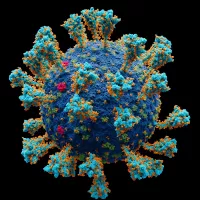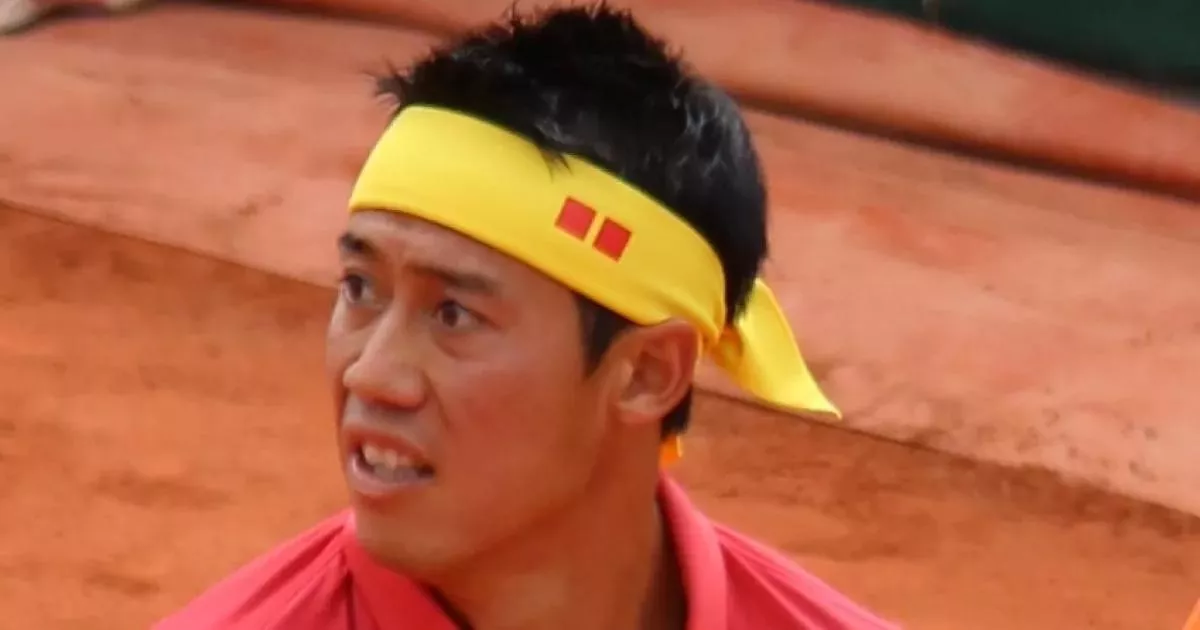Resilience and perseverance in the journey of Kei Nishikori. A timeline of obstacles and growth.
Kei Nishikori is a highly accomplished Japanese professional tennis player. He holds the distinction of being the only Japanese man in the Open Era to achieve a top-five singles ranking, reaching world No. 4 in 2015. Nishikori has secured twelve ATP Tour titles and was a runner-up at the 2014 US Open, making him the sole male player representing an Asian nation to reach a major singles final. He also made history as the first Asian man to qualify for the ATP Finals, reaching the semifinals twice. He is presently the top-ranked Japanese player.
June 2008: Wimbledon Championships Debut
On June 23, 2008, Kei Nishikori made his first Grand Slam appearance at the Wimbledon Championships, ending in a first-round forfeiture to Marc Gicquel due to an abdominal muscle strain.
2008: ATP Newcomer of the Year
In 2008, Kei Nishikori was named ATP Newcomer of the Year, becoming the first Asian player to win the award. He also suffered an elbow injury that caused him to withdraw from the French Open, Wimbledon, and the US Open.
2008: First ATP World Tour Meeting
In 2008, Marin Čilić won their first ATP World Tour meeting at Indian Wells against Kei Nishikori.
2011: Start of Ferrer's Dominance
From 2011, David Ferrer dominated Nishikori in their meetings until 2013, winning three times in straight sets.
January 2012: Ranking Since January 2012
Following an extended absence, Nishikori's fall to World No.22 marked his lowest ranking since January 2012.
2013: Ferrer's Dominance
From 2011, David Ferrer dominated Nishikori in their meetings until 2013, winning three times in straight sets.
2013: US Open First Round Loss
In 2013, Kei Nishikori lost in the first round of the US Open to Dan Evans.
March 2014: Ranking Since March 2014
Nishikori's fall to World No.22 in rankings also signified his first time out of the top 20 in the rankings since March 2014.
2014: Intense Rivalry and US Open Final Loss
In 2014, Kei Nishikori and Marin Čilić had three ATP meetings, with Nishikori winning at the Brisbane International and Barcelona Open. Čilić defeated Nishikori in the US Open final.
2014: Multiple Meetings and US Open Victory
In 2014, Kei Nishikori and Milos Raonic met four times, including Nishikori's win at the Madrid Masters and a five-set victory at the US Open. Raonic won at Wimbledon. Nishikori won also the Rakuten Japan Open final.
2014: Failing to defend points at Mutua Madrid Open
In 2014, Nishikori's ranking dropped to sixth after failing to defend his points from the final at the Mutua Madrid Open.
2015: Brisbane International and Davis Cup Clash
In 2015, Kei Nishikori and Milos Raonic first met at the Brisbane International, with Raonic winning. Nishikori later won an epic five-setter in the Davis Cup.
2015: Australian Open Quarterfinal Loss
In 2015, Kei Nishikori and Stan Wawrinka met in the Australian Open quarterfinal, where Wawrinka won in straight sets.
2015: Victories and Defeats Against Ferrer
In 2015, Kei Nishikori beat David Ferrer at the Australian Open and Madrid Open, but lost to him at the Abierto Mexicano Telcel.
2015: 2015 Citi Open, Rogers Cup and US Open
In 2015, Nishikori won the Citi Open, defeating John Isner in the final. At the Rogers Cup, he defeated Rafael Nadal for the first time but lost to Andy Murray in the semifinals. He withdrew from the Cincinnati Masters due to fatigue and hip injury and lost in the first round of the US Open to Benoît Paire.
2015: Meetings during the 2015 season
This entry refers to meetings between Nishikori and Raonic that occurred in the 2015 season.
2016: Wimbledon Retirement and Swiss Indoors Final
In 2016, Kei Nishikori retired mid-match at Wimbledon due to a rib injury and lost to Marin Čilić in the final of the Swiss Indoors. Cilic also won during the round-robin stage of the ATP World Tour Finals. In Monte-Carlo, Nishikori defeated Cilic.
2018: 2018 Abierto Mexicano Telcel
In 2018, Kei Nishikori participated in the Abierto Mexicano Telcel in Acapulco as an unseeded player and lost against Denis Shapovalov in the first round.
2019: Most Recent Meeting at Madrid Open
In 2019, Stan Wawrinka won his most recent meeting with Kei Nishikori at the Madrid Open.
2021: 2021 Grass Court Swing
In 2021, Nishikori had a quiet grass court swing, losing in Halle to Sebastian Korda and in Wimbledon to Jordan Thompson.
2021: 2021 ATP Cup and Australian Open
In 2021, Nishikori participated in the ATP Cup, losing both of his singles matches. He also lost in the first round of the Australian Open to Pablo Carreño Busta.
January 25, 2022: Announcement of Hip Surgery
On January 25, 2022, Kei Nishikori announced that he would undergo arthroscopic surgery on his left hip, planning to return to the tour in about six months.
2023: Delay of Return to Tennis
In 2023, Kei Nishikori aimed to return for the Australian Open but delayed his return due to an ongoing foot injury.
Mentioned in this timeline
Ukraine is a large country in Eastern Europe second in...

Rafael Nadal a Spanish former professional tennis player achieved the...

Sony is a Japanese multinational conglomerate based in Tokyo Its...

Roger Federer is a retired Swiss professional tennis player widely...

Novak Djokovic a Serbian professional tennis player holds the record...
Morocco officially the Kingdom of Morocco is a North African...
Trending

8 months ago Maury Povich reflects on media; Connie Chung honored and encouraged to write memoir.

COVID- testing is essential for identifying SARS-CoV- infections and tracking the pandemic Two primary types exist molecular tests detect the...

24 days ago Joseph Quinn's 'Stranger Things' impact, 'Master of Puppets' fame, and 'Pillion' BIFA win.

2 months ago Tornado Warning Issued for Terrebonne and Lafourche Parishes, Severe Weather Hits Houston

Mike McCarthy is an American football coach He was the head coach of the Dallas Cowboys - and the Green...

8 months ago Becky Lynch Ventures into 'Star Trek' and 'Happy Gilmore 2,' Feuds Emerge
Popular

Tucker Carlson is an American conservative political commentator known for...

XXXTentacion born Jahseh Dwayne Ricardo Onfroy was a controversial yet...

Ben Shapiro is a prominent American conservative political commentator media...

Candace Owens is an American conservative political commentator and author...

William Franklin Graham III commonly known as Franklin Graham is...

Ursula Gertrud von der Leyen is a prominent German politician...
